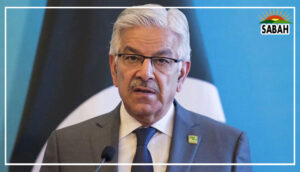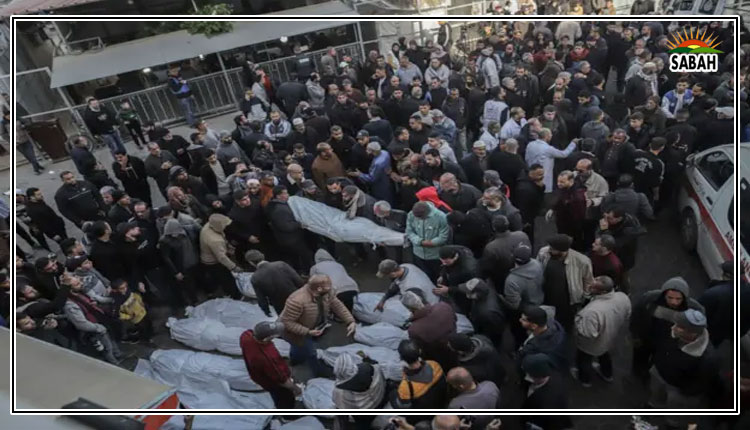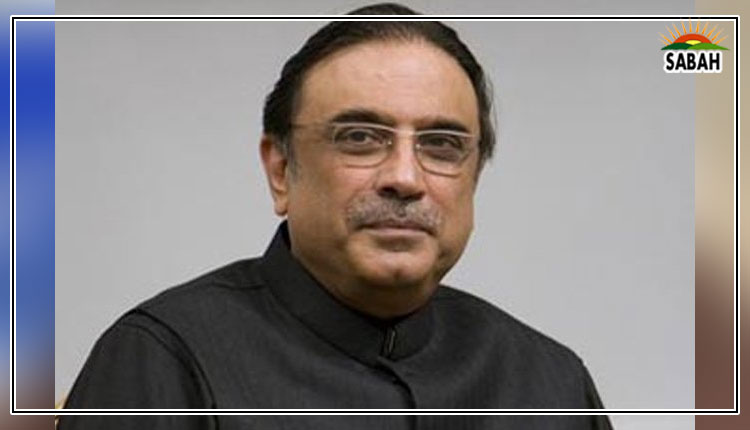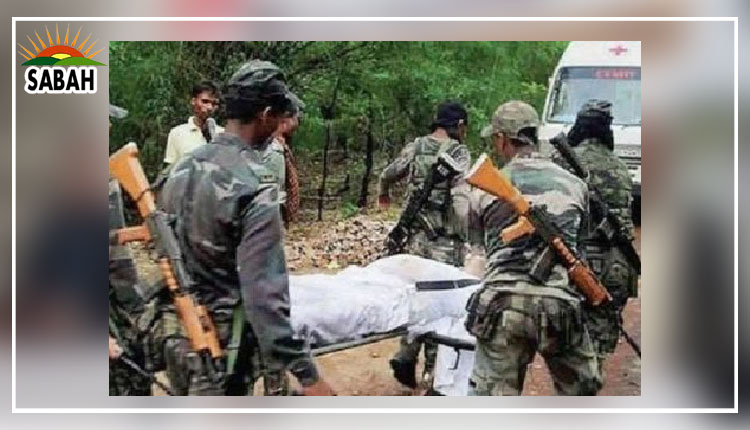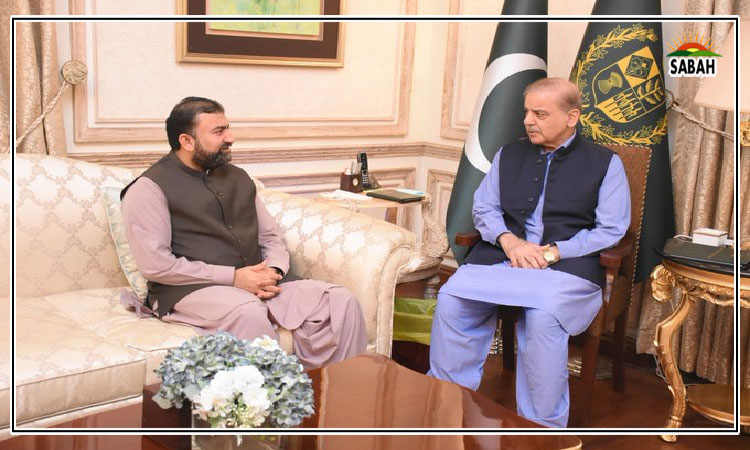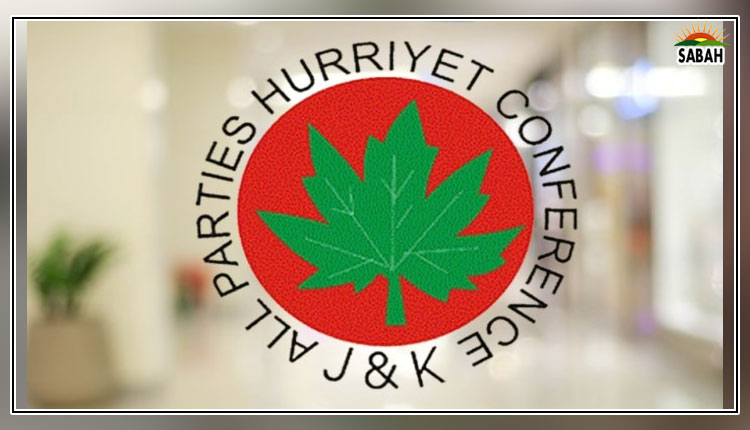Lost and damaged…Aisha Khan
LOSS and damage remains a contested subject. That is why it has taken decades to reach agreement on setting up a separate funding facility to address L&D. The agreement gavelled at COP27 is an acknowledgement that existing funding arrangements are not sufficient to respond to losses and damages associated with the adverse effects of climate change. In order to facilitate the operationalisation of the new funding, a Transition Committee consisting of 24 members 10 from developed and 14 from developing countries was established. The TC is to make recommendations for operationalising the new funding arrangements for consideration and adoption at COP28.
The initial synthesis report on L&D catalogues and synthesises information on the existing funding arrangements and innovative sources. This includes the full spectrum of actions, including categorisation by response type (pre-post disaster and short-medium-long term) as well as type of financial instruments (grants-loans-debt instruments such as concessional loans, market rate loans, bonds, equity investment, etc), modalities and other relevant attributes.
The stratification is an attempt to bring clarity to a complex landscape of categories and funding arrangements for mapping information to facilitate the L&D operational mechanism.
Essentially L&D is about attribution. This politically charged debate is anchored in the principle of climate justice.
The issue is quite simple but has been made complicated because of the cost attached to it.
No one can refute that the Global North is responsible for the historical emissions. A study conducted by Lancet Planetary Health says that 92 per cent of the excess in greenhouse gas emissions (GHG) are coming from the Global North which controls 80pc of the global wealth and has 25pc of the worlds population.
The Global South is responsible for only 8pc of the excess in emission, has 20pc of global resources and supports 75pc of the global population. This makes a strong case for climate justice. But as in all contentious cases, perspective makes a difference. To be fair, one needs to look at both sides of the picture to break the impasse.
The Global South may not be responsible for climate change but it is responsible to some extent for compounding vulnerability. This includes issues related to governance, institutional capacity, distribution of wealth, access to resources, investments in human capital, health and education, etc. The existing gaps are creating new pockets of vulnerability.
A fair approach would require the Global North to reduce emissions and align targets with the Paris Agreement goals and simultaneously put enough money in the adaptation fund. At the same time, the Global South needs to improve its governance by investing more in people and policies to strengthen resilience. There are imbalances on both sides of the problem right now and without simultaneous actions losses will increase and damages compound.
Looking at L&D through the lens of equity presents a lopsided picture. The richest 10pc account for 52pc global emissions. Within developing countries, the rich are responsible for emissions, but the poor pay the price. The per capita country GHG footprint is based on numbers and not users, making it an unequal way of looking at responsibility.
The stance on the moral mandate can therefore be applied both ways, within countries and in seeking a fair deal from the developed world.
Under normal times laggard actions could be seen as country-specific, but under a warming planet it becomes a critical game changer. Developing countries, facing climate change, dont have the option to grow at their own pace. The exogenous crisis of climate change is challenging their capacities and increasing vulnerability manifold.
Disasters in poor countries are not isolated events. They deconstruct lives in multiple ways. The 2022 flood in Pakistan did not only submerge land. It condemned future generations to a life sentence of deprivation. The iteration of vulnerability cannot be limited to economic losses. It has a human face that needs to be framed with a deeper understanding of what it means to be robbed of dignity, deprived of a fair future and left trapped in a cycle of poverty with intergenerational suffering as part of an inherited legacy of climate change.
As we approach the 28th Conference of Parties, the world would do well to remember that lofty statements and weak actions will not address pressing mitigation and adaptation challenges. We need honest stock-take and proportionate responsibility for addressing losses and damages and restoring lives. Failure will result in destabilising 75pc of the global population and sending the planet into a tailspin.
Courtesy Dawn


